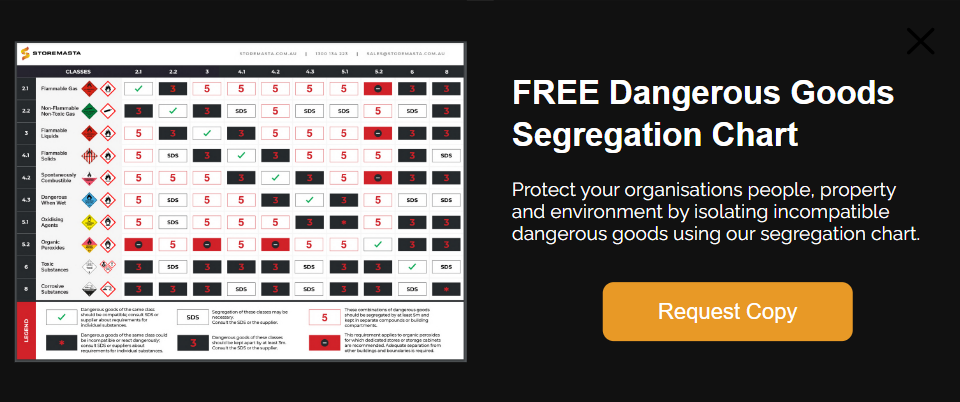Do you know what makes flammable and combustible liquids different? To explain it in the simplest of terms, flammable and combustible liquids are chemicals that can burn — but the real difference lies within their flash point range. The flash point is the lowest temperature at which vapours of the material will ignite when supplied with an ignition source. This blog looks at the unique properties of both flammable liquids and combustible liquids — including their flash points. We’ll explain the risks associated with these chemicals and show how these substances should be handled and stored to ensure a safe and compliant working environment.
What are Flammable Liquids?
Besides being ‘liquids that burn,’ The Australian Standard AS 1940:2017 defines flammable liquids as:
Liquids, mixtures of liquids, or liquids containing solids in solution or suspension (for example, paints, varnishes, lacquers, etc., but not including substances otherwise classified on account of their dangerous characteristics) which give off a flammable vapour at temperatures of not more than 60°C, closed-cup test, or not more than 65.6°C open cup test, normally referred to as the flash point. This class also includes;
- Liquids offered for transport at temperatures at or above their flash point; and
- substances that are transported or offered for transport at elevated temperatures in a liquid state and which give off a flammablevapour at a temperature at or below the maximum transport temperature.
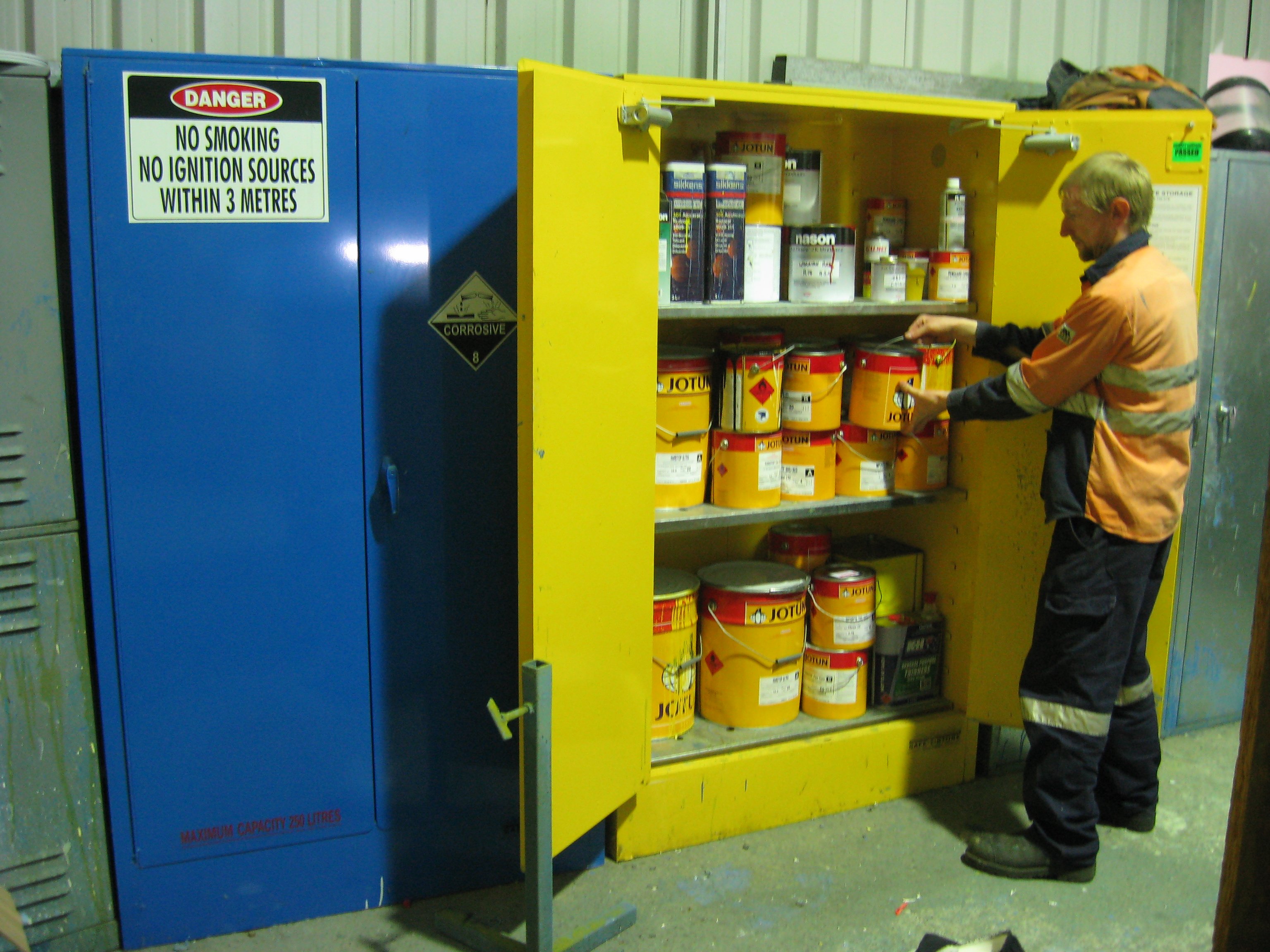
Flammable liquids are dangerous goods which have a low flash point around or below regular working temperatures.
What Are Some Common Examples Of Flammable Liquids?
As everyday chemicals which almost every industry relies on, flammable liquids can be found in most businesses and households across the world.
Some examples of flammable liquids include:
- Ethyl chloride
- Pentane
- Propylene oxide
- Acetone
- Benzene
- Ethyl acetate
- Gasoline
- Hexane
- Methyl alcohol
- Turpentine
- Cyclohexane
- Hydrazine
- Mineral spirits
For more information on flammable liquids, read our article
Examples of Flammable Liquids and their Flash Points
Understanding The Difference Between Flash Point and Auto-Ignition Temperature
A flash point should not be confused with the auto-ignition temperature of a chemical. While the flash point is the temperature at which a substance releases a vapour capable of ignition, the auto-ignition temperature is the point at which the substance will spontaneously ignite — without an ignition source.
A common example of a flammable liquid that we all can relate to is petrol. The flash point of petrol ranges between approximately -40°C to -45°C. As you’ll note, these temperatures are well below standard working temperatures — which makes petrol a highly volatile substance that can easily ignite.
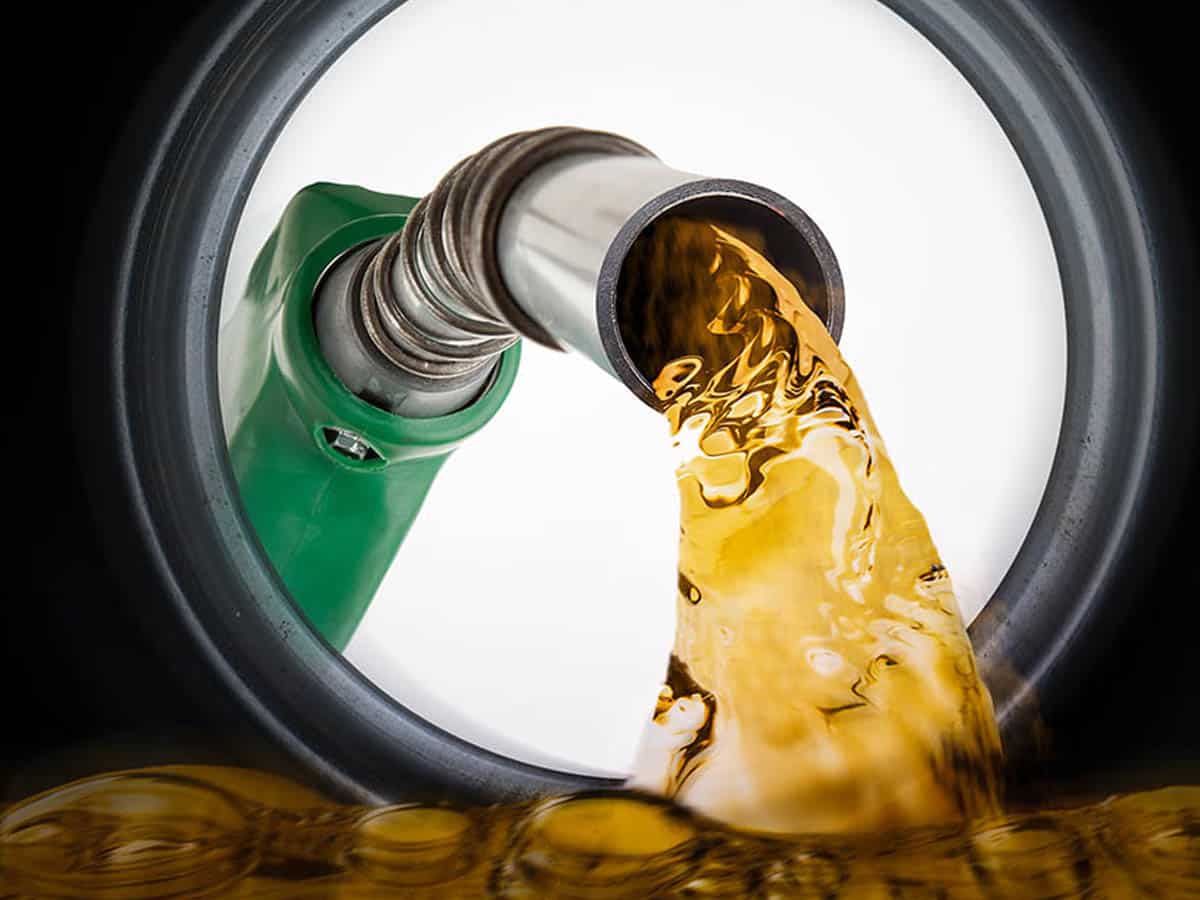
Flammable liquids have low flash points, which means that they can ignite at working temperatures. Substances such as petrol are considered highly dangerous as their flash point is between -40 and -45°C.
Identifying and Eliminating Ignition Sources In The Workplace
For a flammable vapour to catch fire, a source of ignition must be present. Static electricity, open flames, hot surfaces and sparks are all possible ignition sources.
You may find a range of ignition sources in any area of your workplace. Some may be obvious, such as a hot cigarette butt. Other sources of ignition may be overlooked, such as a 48-volt power point in your workshop.
Some examples of commonly found ignition sources include:
- Pilot lights
- Stoves
- Welding equipment
- Blow torches
- Soldering irons
- Electric motors
- Cable breaks
- Arc welding
- Lightning
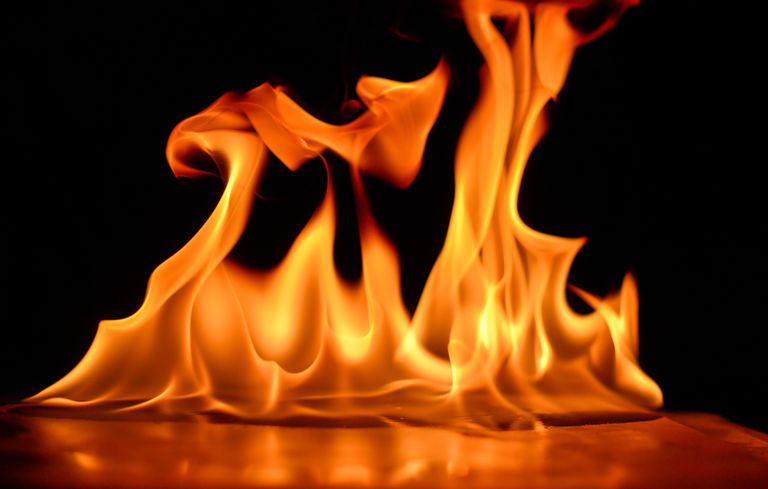
Controlling and prohibiting sources of ignition is essential when handling and storing Class 3 Flammable Liquids in the workplace.
Keep in mind that it’s not actually the flammable liquids that burn, but rather the mixture of the flammable vapour and air that burns.
Therefore, care must be taken to keep any possible ignition sources away from flammable fuel vapours. This can be achieved through a number of methods:
- Making sure that flammable liquids stores are installed in locations which have no ignition sources within at least a 3m radius
- Prohibiting staff from entering flammable liquids handling or storage areas with ignition sources
- Ensuring the Flammable Liquids diamond and the No Smoking No Ignition Sources Within 3 Metres signs are always visible on flammable cabinets or stores
- Training staff in flammable liquids safety including how to correctly identify and eliminate ignition source
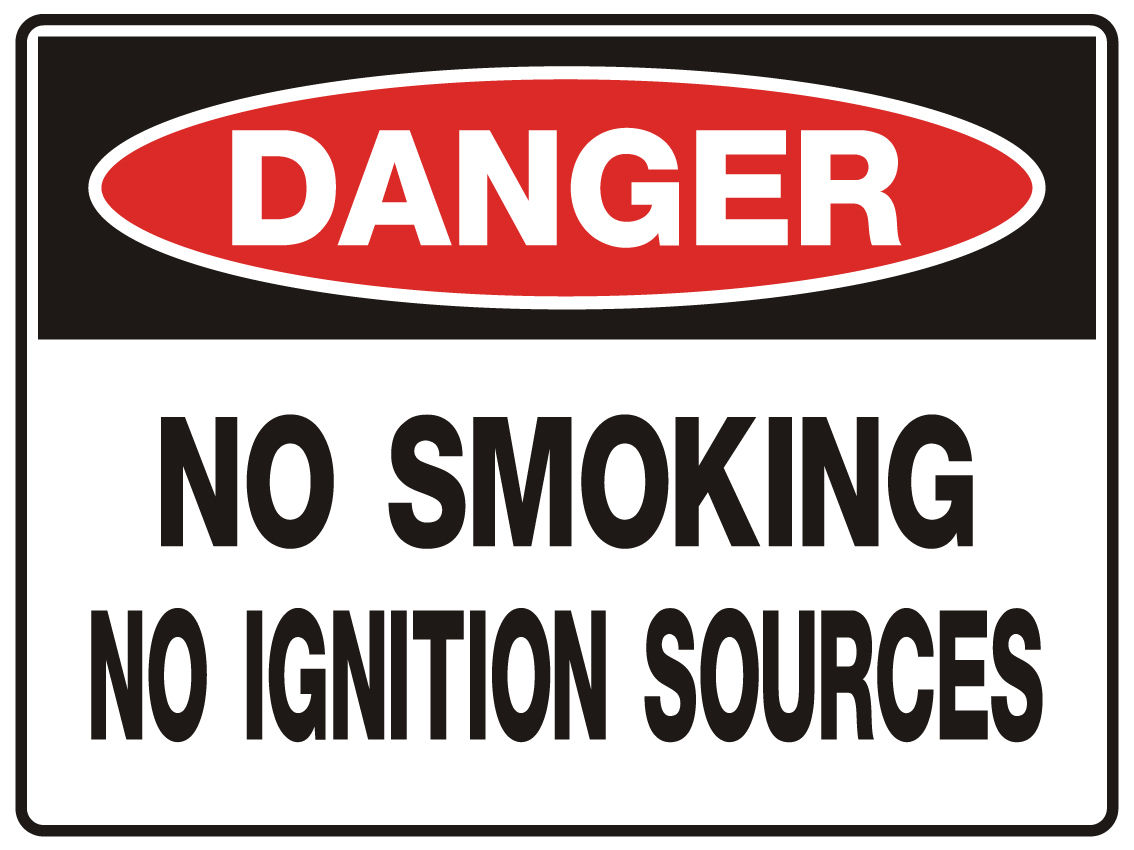
To reduce the risk of fire and explosion, you must ensure that all personnel are aware of the dangers associated with ignition sources.
What Are Combustible Liquids?
According to Australian Standards, combustible liquids are defined as:
Any liquid, other than a flammable liquid, that has a flash point, and has a fire point that is less than its boiling point.
This definition highlights just how similar combustible and flammable liquids are. To explain the subtle difference between these substances: Flammable liquids will ignite and burn easily at normal working temperature, whereas combustible liquids are less volatile substances.
While flammable liquids have a flash point below 60 degrees, combustible liquids have a flash point above 60 degrees. This means that combustible liquids usually require a higher range of temperature before releasing a vapour capable of ignition.
What Are Some Common Examples Of Combustible Liquids?
Combustible liquids are also commonly found in the majority of workplaces. These chemicals can be used for a variety of purposes including fuel, cleaning products and paint thinners.
Some examples include:
- Benzaldehyde
- Dichlorobenzene
- Engine oil
- Diesel
- Kerosene
- Linseed oil
If your organisation is using, storing or transporting flammable or combustible liquids above their flash point temperature (which is often within the normal working temperature range), extreme caution must be exercised to prevent ignition.
The vapour of flammable material, particularly in poorly ventilated areas, is prone to ignition at standard working temperatures. Similarly, combustible liquids release a flammable vapour when the chemical is handled or kept in environments above their flash point temperature.
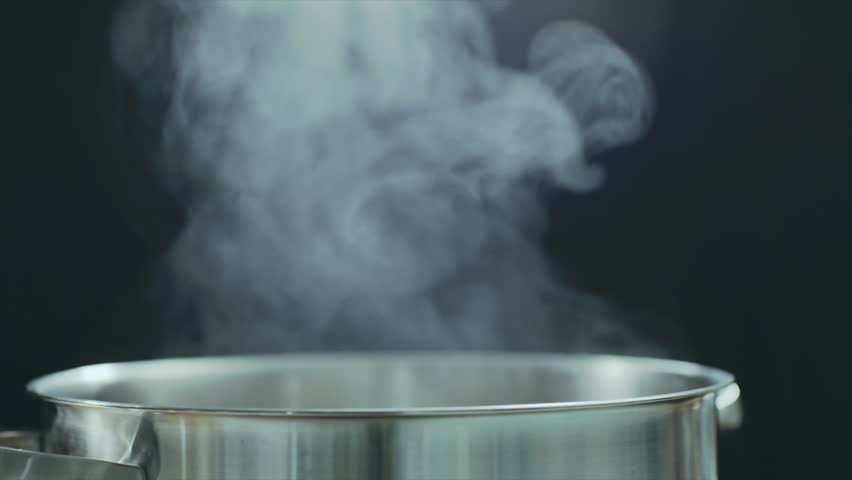
Hazardous vapours can be emitted in large quantities if flammable or combustible liquids are kept in environments above their low flash point.
Vapours of both flammable and combustible liquids are virtually invisible, which makes them capable of producing hazardous vapours that may go undetected.
You should also not be fooled into thinking that combustible liquids are less dangerous than flammable liquids. Both of these liquid chemicals are volatile and capable of causing fire, flash back and explosion.
Being a gas, flammable vapours can escape from any open liquid source. Flammable liquid can be easily absorbed into other materials, releasing flammable vapours into the air — even after the flammable liquids have been cleaned up.
Flammable and combustible vapours are often denser than air, which means that they can quickly spread long distances and build up in low areas of your workplace. If the flammable vapours are ignited, a flashback can occur, where the fire travels along the vapour fumes to the liquid source.
If an ignition source is present, even spray mists of either flammable or combustible materials will ignite. Both combustible and flammable liquid fires tend to burn extremely fast and hot, releasing dense clouds of toxic smoke. They are notoriously difficult to put out.
Flammable and combustible liquids present significant fire dangers, and in turn, present health hazards such as burns and intoxication. If the vapours or the liquid of either flammable or combustible substances combine with other incompatible substances, they will react dangerously.
How Should Flammable and Combustible Liquids Be Stored?
As flammable liquids pose significant risks, it’s important that you store and manage them in a safe and compliant manner. The Australian Standard that outlines the requirements for the storage and handling of flammable and combustible liquids is AS 1940:2017.
A couple of key points that must be considered when storing flammable and combustible liquids include the provision for:
- Spill containment
- Adequate ventilation
- Complete separation from ignition sources
- Correct segregation from incompatible chemicals
If flammable liquids spill, there is the risk of cross contamination with other incompatible classes of dangerous goods. When flammable liquids mix with other incompatible substances, it can result in dangerous chemical reactions including oxidation and instantaneous combustion. This makes segregation of incompatible classes of dangerous goods mandatory.
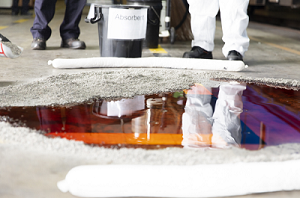
Chemical spills or flammable or combustible liquids can result in fire, explosion and violent chemical reactions.
How Are You Handling Your Flammable and Combustible Liquids?
Flammable and combustible liquids are utilised in most workplaces across the country — from manufacturing plants to retail enterprises and service-based businesses. To ensure the safety of people, property and the environment, flammable and combustible liquids must be handled and stored correctly As we’ve highlighted in this blog, there are a range of serious risks that both flammable and combustible liquids pose to your organisation. To ensure a safe and compliant working environment, it’s vital that you take a proactive approach to chemical risk reduction.
If you’d like to learn more about reducing the risks associated with Class 3 Flammable Liquids, why not read our helpful guide? it is very important that you take proactive measures to reduce the risks that these dangerous goods have upon your organisation. How To Reduce The Risk Of Flammable Liquids In The Workplace will introduce you to our 4-step risk control methodology and provide advice on how to correctly store your flammable chemicals. Get your copy for free today.
Joining the team as a Dangerous Goods Storage Consultant, Melissa Hampton became Storemasta's Marketing Manager in late 2021. With extensive knowledge and experience in chemical compliance, Melissa is responsible for leading the Marketing team and helping shape their marketing strategy. In her spare time, you can find Melissa hiking, swimming and enjoying the great outdoors in beautiful north-west Tasmania.

